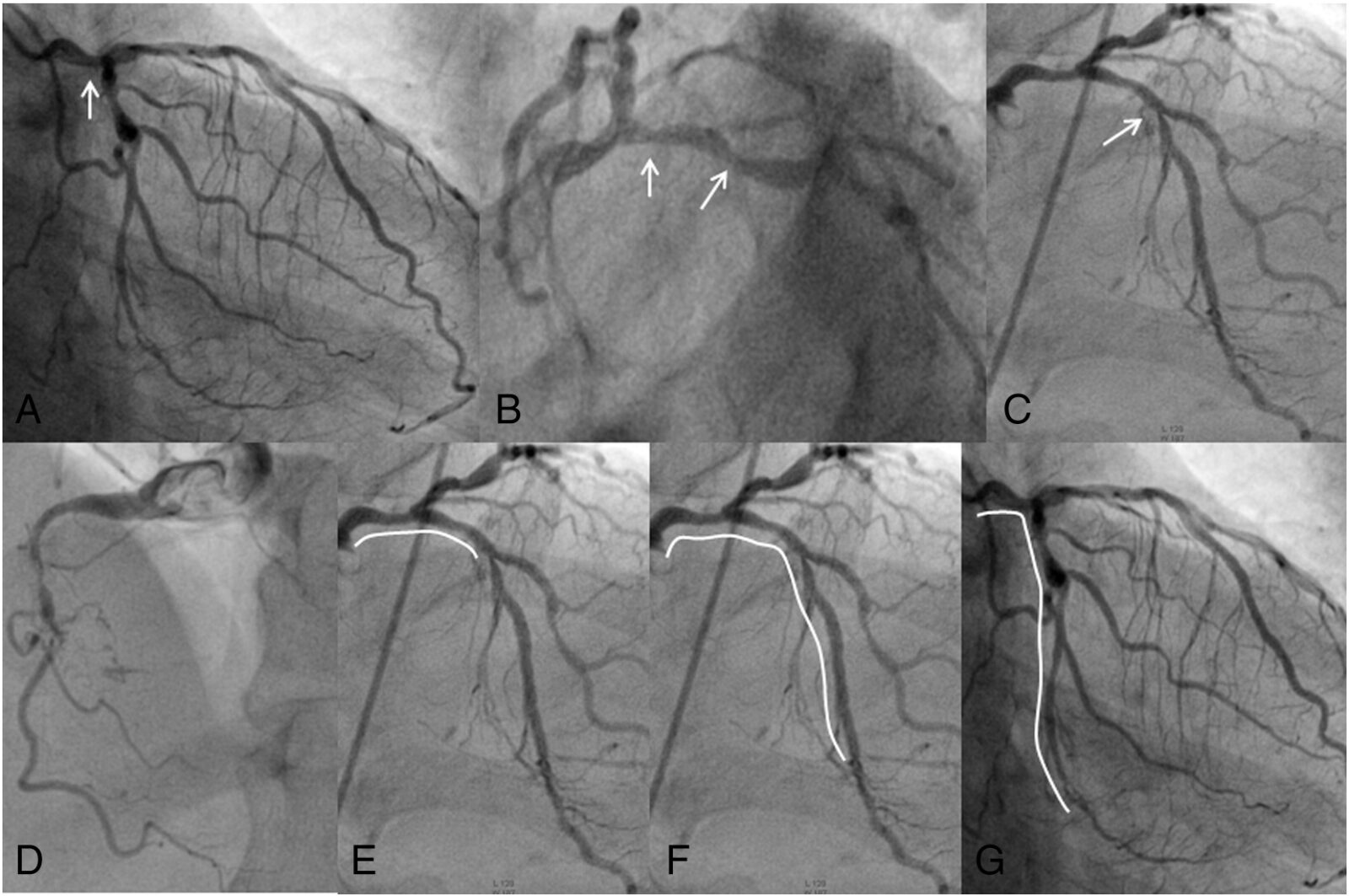Many of patients who needs angiography, ask me a this question. And why not ? We all want to avoid hospital admission as long as possible. Only thought of getting admitted in hospitals makes us sick.
Through this article, I hope we will have better understanding of angiography and CT angiography.
Let us get the information.
What is Coronary Angiography and CT Coronary angiography ?
Angiography
In Angiography, doctor takes the access of an artery. Then he passes a catheter inside the artery upto heart. This catheter is cannulated into Main coronary arteries of the heart. Small amount of dye is injected through this catheter into the main coronary arteries. Simultaneous x ray based machine takes the film, which can be used to analyse the arteries. More details about Angiography is here.
Patient requires to get admitted for 8 to 10 hours
Most commonly it is done through wrist and in some patients through the groin.
CT Angiography
In CT Angiography, Nurse takes the vein. Patient undergoes CT scan of the heart during which, dye is injected through this vein access. When this dye reaches the heart, CT scan films are taken, which are then used to analyse with the help of software.
Which one is Kidney friendly ?
Both tests do require use of Contrast agents (dye). Patients are at risk of developing contrast related kidney injury with both type of angiography. In catheter angiography, amount of dye used is around 30 ml. In CT angiography, around 60 to 100 ml of dye is needed.
Which one is having radiation ?
Both angiography and CT angiography uses X ray based techniques and hence radiation occurs in both. The amount of radiation is quite less in both types of angiography.
Which one requires hospitalisation ?
Catheter based angiography do require hospitalisation as day care procedure. CT angiography do not require any hospitalisation.
Which one is having better clarity ?
Catheter angiography is The Gold Standard. Catheter angiography gives best resolution to quantify the exact amount of stenosis and to differentiate different types of plaques.
Diameter of the vessel and beat to beat variation in size of the vessel can be assessed very well with the catheter angiography.
The degree of resolution and picture clarity achieved with CT angiography is lower as compared to catheter angiography.
Also the temporal resolution, the ability to differentiate to cardiac events in relation to time in milliseconds, is also lower with CT angiography as compared to catheter angiography.
Which one helps in taking treatment decision ?
Catheter angiography is final and gives enough information to decide further treatment decision.
CT angiography gives the information that disease is present or not. If the disease is present and mild, then doctor can take treatment decision of medical management. If the disease is moderate or severe, further treatment decision can’t be relied on CT angiography only. This patient will require Catheter angiography even after CT angiography.
If Catheter angiography is gold standard and gives the best resolution, then which patient should undergo CT angiography ?
CT angiography have best Negative predictive value.
It means its ability to deny the presence disease is excellent.
When CT angiography says that disease is absent, it is almost 100 % right.
So, those patients who already have low chances of having coronary artery disease, but having abnormal TMT, will be subjected to CT angiography to rule out the disease.
Doctor uses CT angiography to rule out disease, not to prove that disease is present.
If patient is having atypical symptoms, with no major risk factors and borderline TMT, he will be prescribed CT Angiography to rule out Coronary artery disease.
If patient is having classical symptoms with major risk factors and abnormal TMT, he should undergo Cather Angiography.
Can CT angiography done in place of TMT ?
No, it should not be done. TMT is a stress test and gives much more clinical information which helps in taking treatment decision. It is non invasive, with no radiation and with no contrast exposure. CT angiography gives the anatomical information.
I hope this article helps you in better understanding of Catheter based and CT based angiography.
Your Doctor takes the clinical decision based on your history, risk factors clinical symptoms and results of basic tests like ECG, Echo and TMT. We will advice you to follow your Doctor’s prescription of tests and not to undergo direct CT coronary angiography.
Thanks
